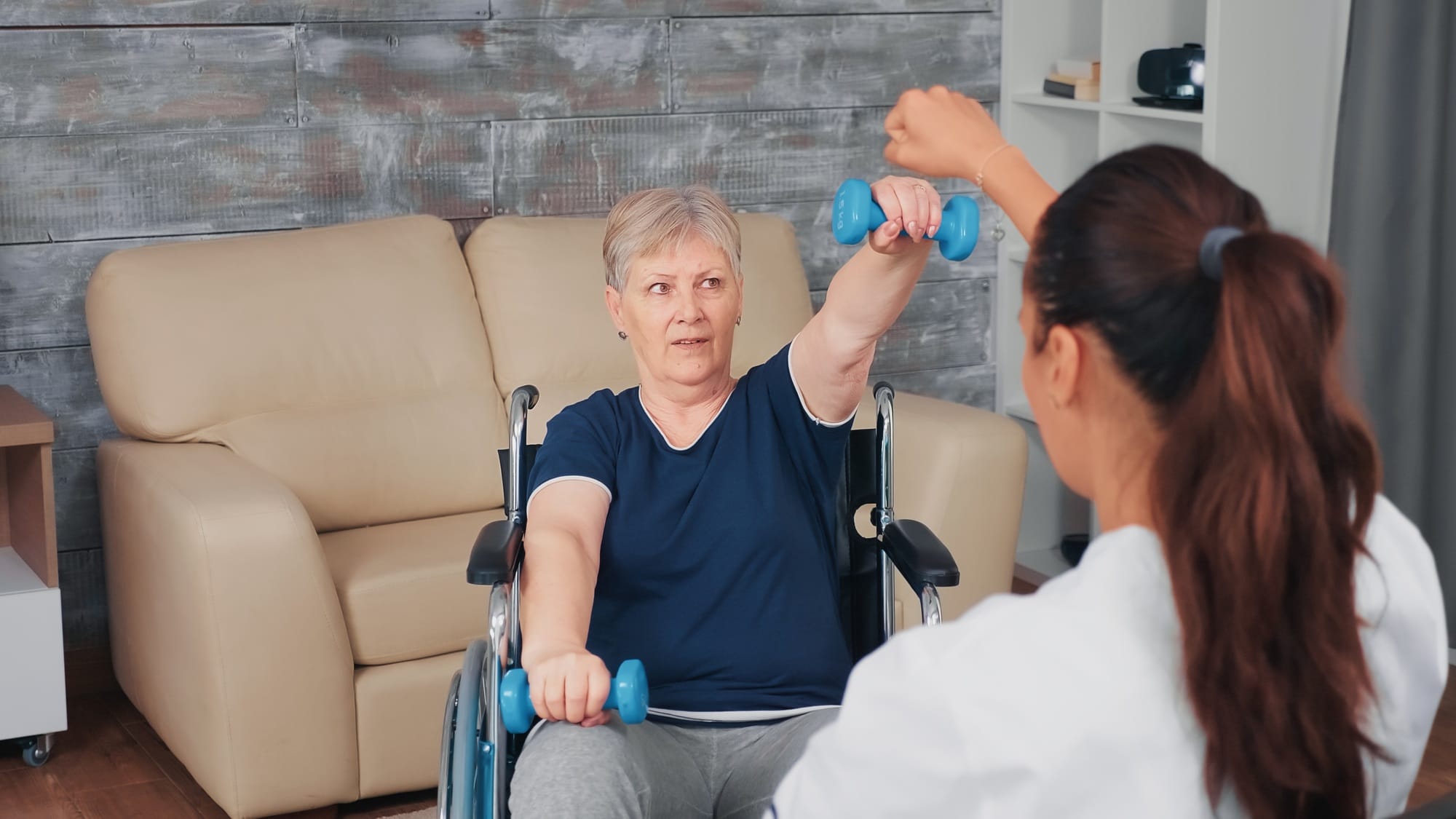mindfulness for injury recovery—not just physically, but emotionally. From chronic discomfort to anxiety about healing, the journey can feel overwhelming. But what if you could train your mind to better handle the stress and pain?
Mindfulness for injury recovery offers powerful, drug-free techniques to support healing, manage pain, and reduce anxiety. In this guide, we’ll explore how mindfulness can complement your medical treatment and help you heal from the inside out.
What Is Mindfulness—and Why Does It Help?
Mindfulness is the practice of being present and fully aware in the current moment—without judgment. For people recovering from injury, it helps create space between your experience and your reaction to it.
✨ Benefits of mindfulness during recovery:
- Reduces physical pain perception
- Lowers stress hormones (like cortisol)
- Eases symptoms of depression and anxiety
- Improves sleep and emotional resilience
- Increases focus during physical therapy and rehab
🔗 Mayo Clinic – Mindfulness Basics
Mindfulness Techniques for Managing Pain and Anxiety
🧘♀️ 1. Body Scan Meditation
This practice helps you tune into physical sensations without reacting to them.
How to do it:
- Lie down or sit comfortably.
- Start at the top of your head and slowly move your awareness down your body.
- Notice areas of tension or pain, but don’t try to change them—just observe.
✔ Great for: Reconnecting with your body and reducing pain-related fear.
🌬️ 2. Breath Awareness
Focusing on your breath can calm your nervous system and bring you back to the present.
How to do it:
- Sit upright and close your eyes.
- Inhale deeply through your nose for 4 seconds.
- Hold for 2 seconds, then exhale slowly for 6 seconds.
- Repeat for 5–10 minutes.
✔ Great for: Moments of pain, anxiety, or overwhelm.
🪷 3. Mindful Movement (Gentle Yoga or Stretching)
Slow, intentional movements—especially when paired with breath—help release physical and emotional tension.
Try:
- Chair yoga
- Cat-cow stretch
- Seated spinal twist
- Guided rehab-friendly yoga routines on YouTube
✔ Great for: Restoring mobility while calming the mind.
📓 4. Mindful Journaling
Writing down your thoughts helps process emotions and track recovery progress.
What to write:
- What sensations did I feel today?
- What helped ease my pain or stress?
- What am I grateful for today?
✔ Great for: Emotional clarity and boosting optimism.
🔁 5. Guided Meditation Apps
If you’re new to meditation, guided audio can help you stay focused.
Popular apps for injury recovery:
- Headspace – Simple meditations for pain and anxiety
- Insight Timer – Free library of guided practices
- Calm – Soothing sessions for stress, sleep, and body awareness
The Science Behind Mindfulness and Pain Relief
Studies have shown that mindfulness changes how the brain perceives pain, even if it doesn’t eliminate the source. Meditation activates regions in the brain linked to pain modulation, emotion control, and attention.
A 2020 study published in JAMA found that patients practicing mindfulness-based stress reduction (MBSR) had significant reductions in pain intensity and disability.
🔗 NIH – Mindfulness and Pain Study
How to Get Started (Even If You’re Skeptical)
You don’t need to be a monk or yogi to benefit from mindfulness. Start small—just 5 minutes a day can make a difference.
- Choose a quiet space
- Pick one technique (breathing or body scan is a great place to begin)
- Use a timer or guided app
- Practice daily, even if it feels awkward at first
Final Thoughts
Recovering from an injury takes more than physical effort—it takes emotional strength, patience, and compassion. Mindfulness for injury recovery gives you the tools to manage pain and anxiety while staying grounded through the healing journey.
🌿 When you can’t control what’s happening to your body, you can control how you respond. That’s where healing begins.





